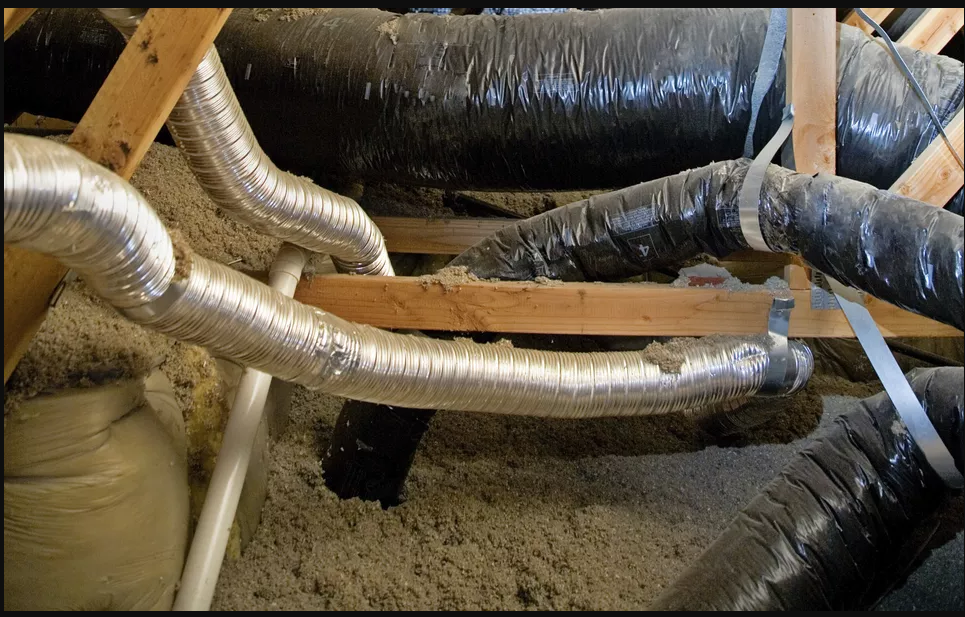By now you should have an idea of the route you need to take, in order to make your home more energy efficient, and sometimes that means blown in insulation.
It works best for:
- Attics with irregular or nonstandard joist spacing
- Attic spaces with lots of obstructions and penetrations to work around
- Attics where there is existing insulation to be topped, since it fills gaps and joints well
- Low-clearance attics with limited headroom for maneuvering during installation
- DIYers who want to get the job done quickly and are comfortable working with power equipment
Material options:
Fiberglass
$$$
R-value per inch: 2.2–2.7
Made of: Recycled glass or sand that’s melted and spun into fibers
Bottom line: Lighter in weight than cellulose or mineral wool, but it settles more than those materials, so you’ve got to put in a thicker layer to get the protection you need.
Cellulose
$$$
R-value per inch: 3.2–3.8
Made of: Fibers from recycled post-consumer paper that are treated for insect and fire resistance
Bottom line: The most common blown-in material used, but it can rot and grow moldy if exposed to moisture.
Mineral wool
$$$
R-value per inch: 3.0–3.3
Made of: Fibers from rock or recycled slag from blast furnaces
Bottom line: Offers natural fire resistance, but costs more than other loose-fill materials.

